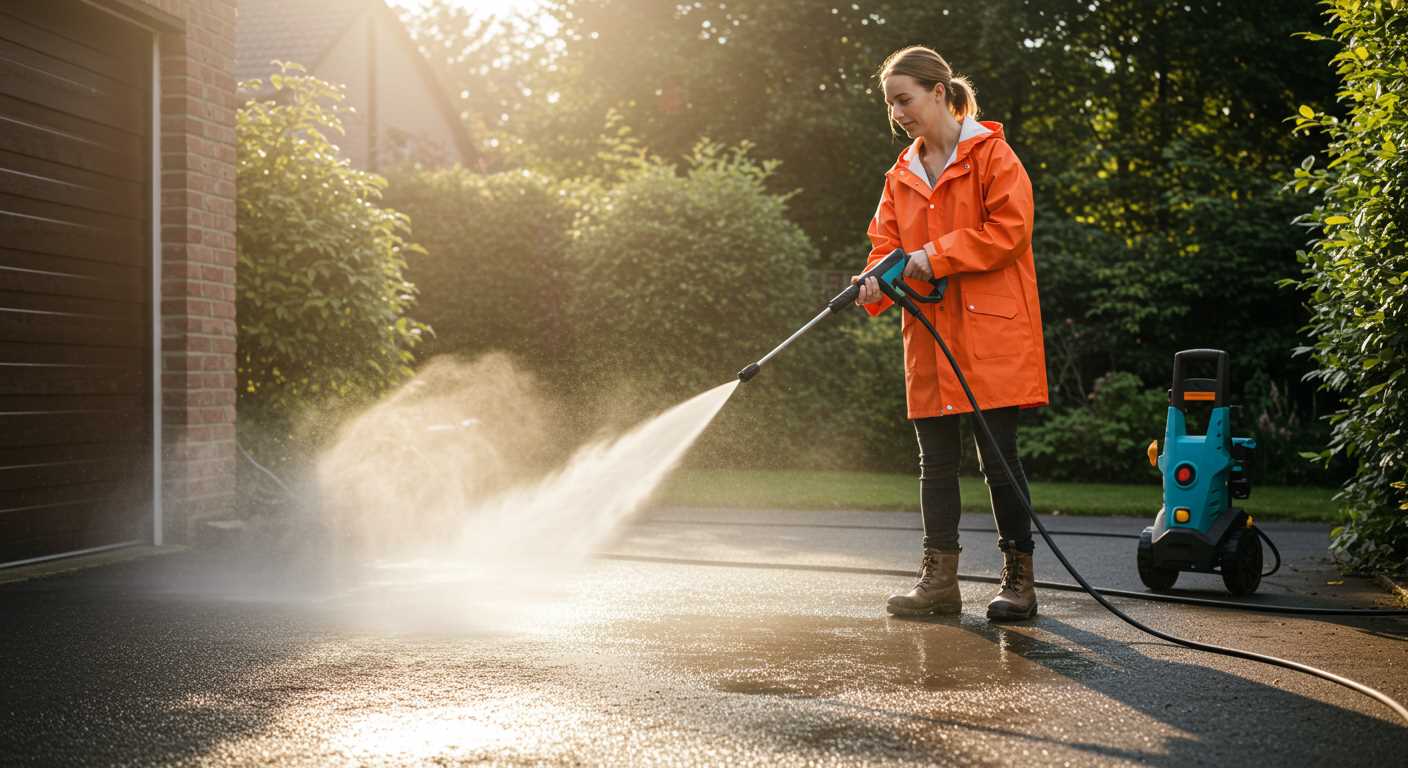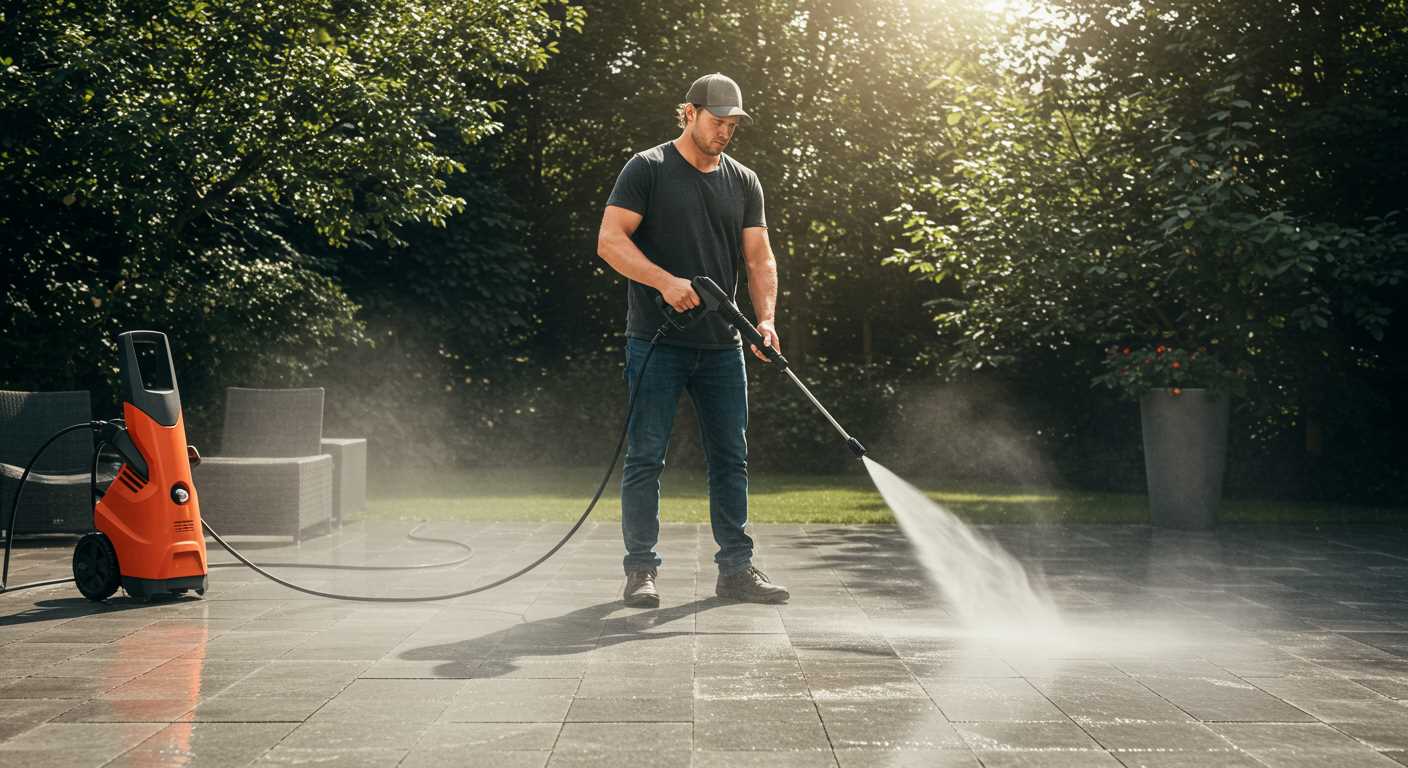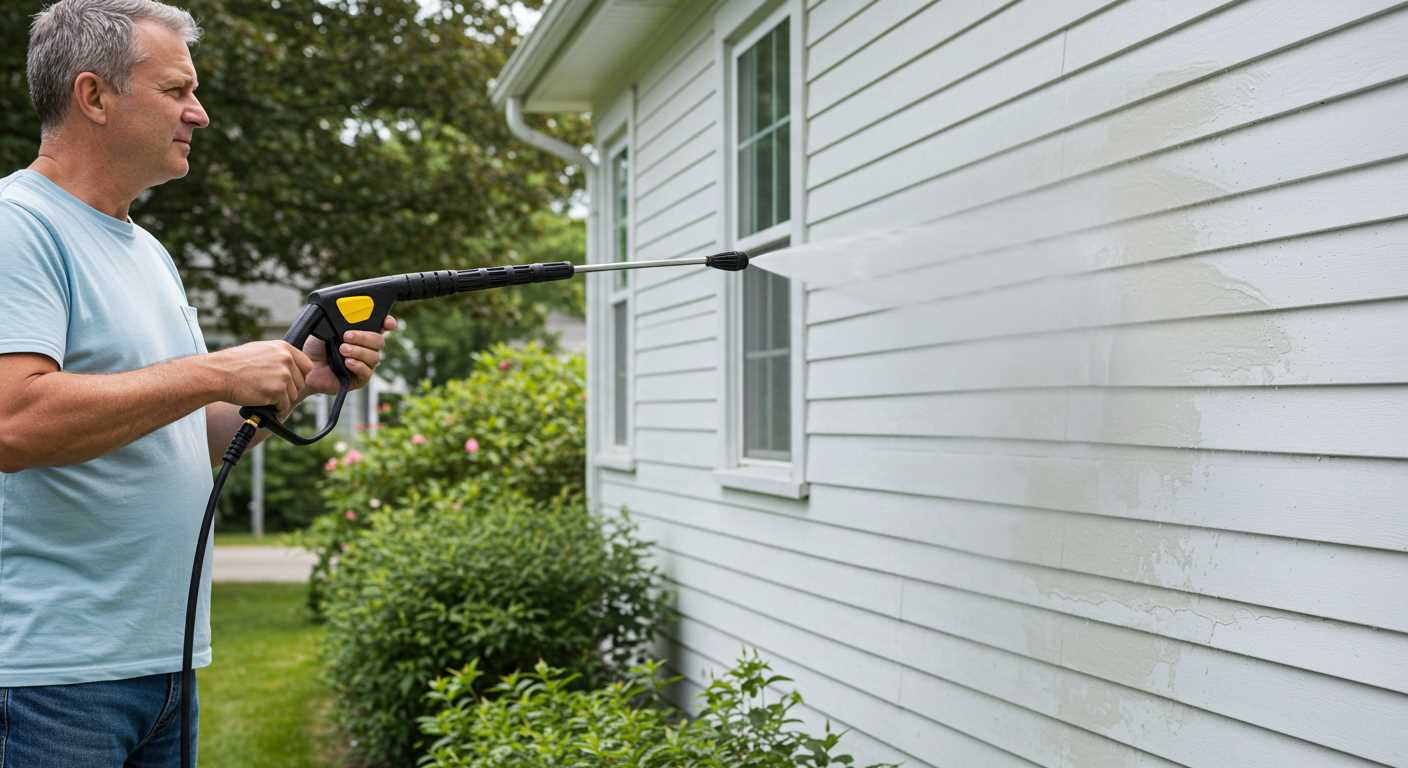



Begin with inspecting the nozzle; if it’s clogged or worn out, replace it. A clean, appropriate nozzle size optimises flow and elevates the effectiveness of your device. Furthermore, ensure that the water supply is adequate. Low water pressure from the source can hinder performance. Using a garden hose with a wider diameter may also facilitate better water delivery.
Examine the filter and any hoses connected to your unit. Clogged filters restrict water flow. Cleaning or replacing the filter can significantly improve the overall functioning of your apparatus. Additionally, inspecting hoses for kinks or damages can help maintain an uninterrupted flow.
Adjusting the settings on your device is another method to enhance its capabilities. If your model allows for adjustments, increase the settings to maximise output without compromising the machine’s integrity. Regular maintenance, such as checking for leaks and fluid levels, is essential for optimal performance, ensuring longevity and superior results.
Check and Clean the Inlet Filter
Cleaning the inlet filter can significantly enhance the function of your equipment. Start by disconnecting the unit from the water supply and any power source. Locate the inlet filter, typically found where the water enters the device.
Steps to Clean the Filter

1. Carefully remove the filter using your hands or a suitable tool, ensuring no damage occurs during the process.
2. Inspect the filter for debris, dirt, or clogs. A clean filter allows for optimal water flow.
3. Rinse the filter under clean, running water to dislodge any particles. For stubborn residue, a soft brush may be used to scrub it gently.
4. Allow the filter to dry completely before reinserting it into the inlet. Ensure it fits securely back into place.
Regular Maintenance Schedule
To maintain high functionality, check the inlet filter every few months, or more frequently if used in dusty or dirty conditions. Keeping it clean will support consistent water intake and device performance.
| Frequency | Condition | Action |
|---|---|---|
| Every month | Heavy usage | Inspect and clean |
| Every 3 months | Normal usage | Inspect and clean |
| As needed | Dusty environments | Inspect and clean |
Inspect and Replace Damaged Hose Connections

Regularly examine all hose connections for wear and tear. Look for cracks, frayed edges, or loose fittings. A compromised connection can lead to leaks, resulting in inadequate flow and diminished performance.
Visual Inspection

Conduct a thorough visual check of each connection. Pay special attention to the areas where hoses meet the equipment and the nozzles. Damaged fittings can weaken the overall assembly and create pressure loss. If you observe any damage, proceed to replace the specific component immediately.
Replacement Process
To replace a connection, first detach the affected part. Ensure you have the correct replacement that matches the original specifications. Tighten connections securely to avoid future leaks. Consider applying thread sealant to threaded joints for an extra layer of protection against leaks.
After the replacements, conduct a test run. Monitor for any signs of leaks or unusual behaviour. A well-maintained system will enhance the efficiency of your cleaning tasks, providing optimal results.
Adjust the Pressure Control Settings
To enhance operational performance, modify the settings of the pressure control dial. This adjustment will help you achieve a more effective flow rate suitable for your specific cleaning tasks.
Follow these steps:
- Locate the Pressure Control Dial: Typically found on the handle or the machine’s body, this dial regulates the intensity of the outflow.
- Start with Low Settings: Begin with the lowest setting to familiarise yourself with the machine’s behaviour. Gradually turn the dial clockwise to increase the output without risking damage.
- Test During Operation: While running the unit, make incremental adjustments. This allows you to gauge the immediate effects on cleaning efficacy and flow.
- Observe Performance: Monitor how the surface being cleaned responds to changes. If you notice streaking or loss of control, dial it back to a more manageable level.
- Lock the Setting: Once you find an effective level, ensure to lock the setting if your model features this option to prevent accidental adjustments during use.
Maintain this dial according to the manufacturer’s specifications to ensure optimal results and extend the longevity of the machine.
Examine and Replace Worn Seals

To ensure optimal operation, inspect the seals within the detergent dispenser and the connecting joints. Over time, seals wear out, leading to leaks and diminished effectiveness. Follow these steps:
- Power down the unit and disconnect from the water source.
- Remove any covers to access the seals.
- Examine seals for cracks, signs of wear, or deformation.
If seals seem compromised, replace them promptly. Use manufacturer-recommended seals for proper fit and durability.
Replacement Procedure
- Carefully remove the old seal with a flat-head screwdriver, taking care not to damage the housing.
- Clean the grooves where the seal sits to ensure a tight fit for the new seal.
- Insert the new seal, ensuring it fits snugly without gaps.
Reassemble and recheck for leaks after testing the system. This routine maintenance prevents further issues and maintains strong output.
Upgrade to Higher Quality Nozzles
Investing in high-quality nozzles can significantly enhance the performance of your cleaning unit. Nozzles are responsible for shaping the water spray and can directly affect the force and reach of the stream. Opt for nozzles made from durable materials that can withstand the rigours of frequent use.
Selecting an appropriate nozzle size is crucial. A smaller orifice can concentrate the flow, resulting in a more intense jet, while a larger one spreads the water over a wider area for gentler cleaning. For tough stains, a turbo nozzle that combines the spinning action with focused pressure is particularly effective.
Ensure compatibility of the nozzle with your device by checking the connection type. Most units use quick-connect fittings, making it easy to switch between nozzles based on your task. Regularly inspecting and cleaning nozzles will prevent clogs and maintain output efficiency.
Consider investing in adjustable nozzles for versatile applications. These allow you to modify the spray pattern from a narrow stream to a wider fan, adapting seamlessly to different cleaning needs. High-quality nozzles not only boost performance but also contribute to the longevity of your machine.
Use a Suitable Soap for Cleaning Applications
Choosing the right detergent is key for achieving desired results during cleaning tasks. Look for soaps that are specially formulated for high-pressure devices to avoid damage to seals and components.
Opt for biodegradable options to minimise environmental impact and ensure surface safety. Always check the compatibility of the soap with specific surfaces, such as wood, glass, or metal, to prevent any adverse reactions.
For grease and grime removal, loaders containing degreasers offer effective solutions. Read the product labels to determine dilution ratios; too concentrated solutions may lead to residue buildup.
Utilise foaming soaps with a specific nozzle attachment for even coverage and deeper penetration. This technique not only enhances cleaning efficiency but also reduces the need for extensive scrubbing.
After using soap, ensure thorough rinsing to eliminate any leftover chemicals, which can lead to streaking or discolouration. This step is particularly important when working on sensitive materials like vehicle paint or outdoor furniture.








